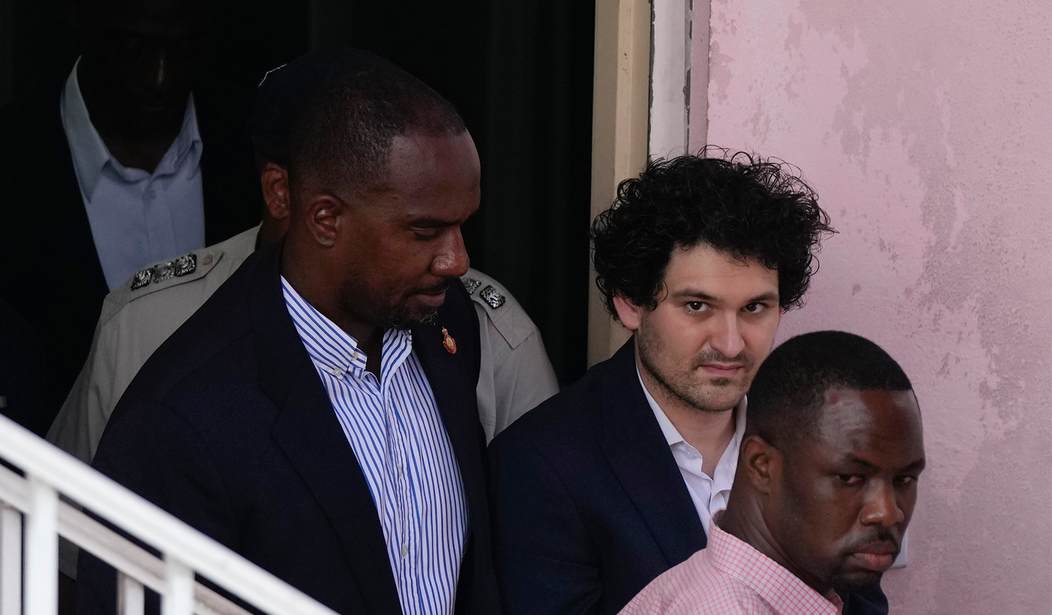As the investigation into what exactly happened at crypto exchange FTX and the criminal activity that was happening behind the scenes under the leadership of entrepreneur Sam Bankman-Fried, a new report is out detailing just how chaotic and aimless any real leadership was at the firm.
In a Sunday report first covered by the Wall Street Journal that is now circulating to other news outlets, FTX’s chief executive, John J. Ray III, wrote that “FTX’s rapid November collapse was the result of ‘hubris, incompetence and greed.'”
Via the report from FTX:
John J. Ray III, Chief Executive Officer and Chief Restructuring Officer of the FTX Debtors, said: “We are releasing the first report in the spirit of transparency that we promised since the beginning of the Chapter 11 process. In this report, we provide details on our findings that FTX Group failed to implement appropriate controls in areas that were critical for safeguarding cash and crypto assets. FTX Group was tightly controlled by a small group of individuals who falsely claimed to manage FTX Group responsibly, but in fact showed little interest in instituting oversight or implementing an appropriate control framework. We are continuing our efforts to review the events that factored into the fall of FTX and to identify and recover as much value as possible for creditors.”
The Debtors’ review is ongoing, and the Report is expected to be the first in a series regarding pre-petition events and issues that preceded the Chapter 11 cases.

The full report, which has been analyzed by the Wall Street Journal, has some startling findings, including the admission that the company would sometimes just find $50 million that had previously been “misplaced” just laying around. Here are some of the highlights the WSJ lays out.
- FTX’s management and governance was largely limited to FTX founder Sam Bankman-Fried, former director of engineering Nishad Singh, and Gary Wang, former chief technology officer.
- But Mr. Bankman-Fried was viewed as having the final voice in all significant decisions, according to the report. Mr. Wang and Mr. Singh have both pleaded guilty to fraud charges; (Mr. Bankman-Fried has pleaded not guilty and is awaiting trial. A spokesman for Mr. Bankman-Fried declined to comment.)
- The president of FTX.US resigned following a disagreement with Messrs. Bankman-Fried and Singh about the company’s management structure and delegation of authority, among other issues. After raising the issues, “his bonus was drastically reduced and senior internal counsel instructed him to apologize to Bankman-Fried,” the report said.
- At the time of its bankruptcy filing, the FTX Group didn’t have a current and complete list of who its employees were.
- 56 entities within the FTX Group didn’t produce financial statements of any kind, the report said. Additionally, 35 entities used accounting platform QuickBooks, and “relied on a hodgepodge of Google documents, Slack communications, shared drives, and Excel spreadsheets and other non-enterprise solutions to manage their assets and liabilities.”
- FTX’s sister-trading firm Alameda Research also had poor record keeping. In an internal communication, Mr. Bankman-Fried called Alameda “unauditable,” saying “we sometimes find $50m of assets lying around that we lost track of; such is life.”
While Bankman-Fried is awaiting trial on charges related to the mismanagement and criminal activity at FTX, he is also now facing new charges from prosecutors, alleging that he tried to bribe Chinese officials in order to get access to money that had been frozen through the course of the investigation into FTX.
The new report from FTX appears damning in its takedown of the leadership practices on display under Bankman-Fried and paints the picture of a leadership team that was focused on profits over management. That chaotic leadership (or, perhaps, lack thereof) ended up being a major factor in the firm’s collapse.
Sam Bankman-Fried was originally arrested by the feds after authorities got “receipt of formal notification from the United States that it has filed criminal charges against SBF and is likely to request his extradition,” according to preliminary court filings.
The money originally deposited at FTX was used to prop up his hedge fund, Alameda, which was touted as a sister firm to FTX and focused on research. It engaged in risky financial investments. Bankman-Fried also used deposits at FTX to make major contributions to American politicians and live it up in the Bahamas, prosecutors allege.
After the crypto exchange collapsed, the troubled entrepreneur went on an ill-advised media tour where he simultaneously apologized for, while denying any responsibility for, FTX’s collapse and the massive fraud that was discovered.
The new FTX internal report is “based on the Debtors’ review of terabytes of electronic data and communications, more than one million documents, and interviews conducted with 19 former FTX Group employees, among other information,” the firm’s press release notes. It seems very likely that even more damning information will soon be revealed.













Join the conversation as a VIP Member